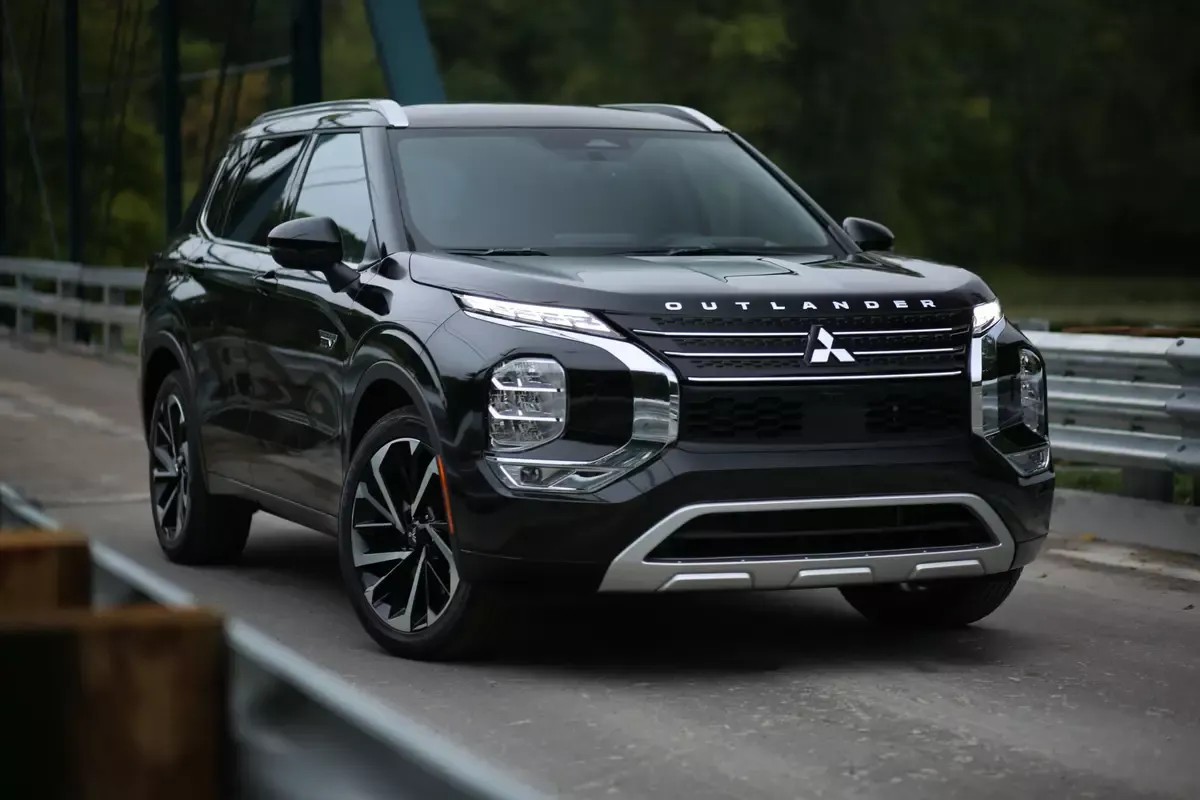Topper Company, a leading professional EV charger manufacturer in China, provides dependable electric vehicle charging stations and comprehensive total solutions.
As the electric vehicle (EV) market expands rapidly, new technologies are emerging to maximize the potential of EVs within the energy ecosystem. One groundbreaking innovation is bidirectional EV charging — a technology that not only allows your EV to draw power from the grid but also to send energy back, powering homes or even supporting the electrical grid.
What is Bidirectional EV Charging?
Unlike traditional one-way (unidirectional) charging, where electricity flows solely from the grid into the EV battery, bidirectional charging enables a two-way flow of electricity. This means your EV can act as both an energy consumer and a power source. Key to this process is a special inverter that converts alternating current (AC) to direct current (DC) to charge the battery — and then reverses this conversion, turning DC back into AC when the EV discharges energy.
Though still an emerging technology, bidirectional charging has the potential to revolutionize how EVs integrate with homes, businesses, and power grids.
How Does Bidirectional Charging Work?
- Charging the EV: When plugged in, the charger converts AC power from the grid to DC, which charges the vehicle’s battery, just like conventional chargers.
- Discharging to Power Homes or the Grid: Bidirectional chargers can reverse this process, converting the DC power stored in the battery back to AC to supply electricity to a home, specific loads, or the grid.
This seamless two-way power flow relies on advanced inverters within the EV or charger, plus smart communication between the vehicle, charger, and grid to manage energy transfer safely and efficiently.
Practical Applications of Bidirectional Charging
Bidirectional EV charging opens up exciting new use cases:
- Vehicle-to-Grid (V2G): EVs send stored energy back to the grid during peak demand, helping balance supply and demand, supporting grid stability, and potentially earning owners revenue by selling energy.
- Vehicle-to-Home (V2H): EVs supply electricity to homes during outages or high demand, enhancing energy independence and lowering electricity costs.
- Vehicle-to-Load (V2L): EVs power appliances or tools directly from their battery, ideal for outdoor activities, remote work sites, or emergencies.
- Vehicle-to-Vehicle (V2V): EVs transfer energy between each other, useful for emergency charging or in areas lacking charging infrastructure.
Benefits of Bidirectional Charging
- Earn Money by Selling Energy Back: Owners can monetize stored energy by discharging during peak electricity prices.
- Energy Independence: Store energy when rates are low and use it later, reducing grid dependence.
- Reliable Backup Power: Provide emergency power during outages, protecting homes or businesses.
- Portable Power Source: Power devices on the go without needing traditional outlets.
Bidirectional Charging vs. Smart Charging
- Smart Charging manages when and how an EV charges, optimizing for cost and grid demand — but energy flow is one-way (grid to vehicle).
- Bidirectional Charging enables energy to flow both ways, turning EVs into mobile power sources capable of feeding energy back to the grid or home.
While smart charging controls the timing of charging, bidirectional charging unlocks new energy capabilities that add real value for owners and the grid.
Which EVs Support Bidirectional Charging?
Several EV models already feature bidirectional capabilities, including:
- Nissan Leaf: Early adopter with V2H functionality.
- Hyundai Ioniq 5 & 6: Support V2G for grid energy exchange.
- Ford F-150 Lightning: Offers V2L portable power.
- Kia EV6 & EV9: Provide V2L charging.
- Tesla Cybertruck (upcoming): Includes V2L.
- Volkswagen ID.4: Supports bidirectional charging with larger batteries.
- Mitsubishi Outlander PHEV: Enables V2H and grid support.
- Genesis GV60 and Kia Niro: Provide V2L capabilities.
- Polestar 3 (upcoming): Plans for V2G support.
Manufacturers like Tesla and BMW are developing bidirectional systems that will soon expand these options further.
Conclusion
Bidirectional EV charging is more than just a charging upgrade — it transforms electric vehicles into versatile energy hubs capable of powering homes, supporting the grid, and offering new financial benefits to owners. As this technology matures and more EVs adopt it, bidirectional charging will play a key role in creating a smarter, more resilient, and sustainable energy future. Know more about Google SEO Directory





Comments